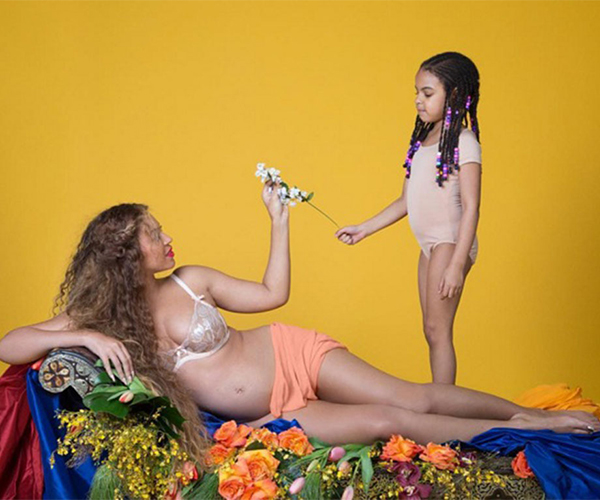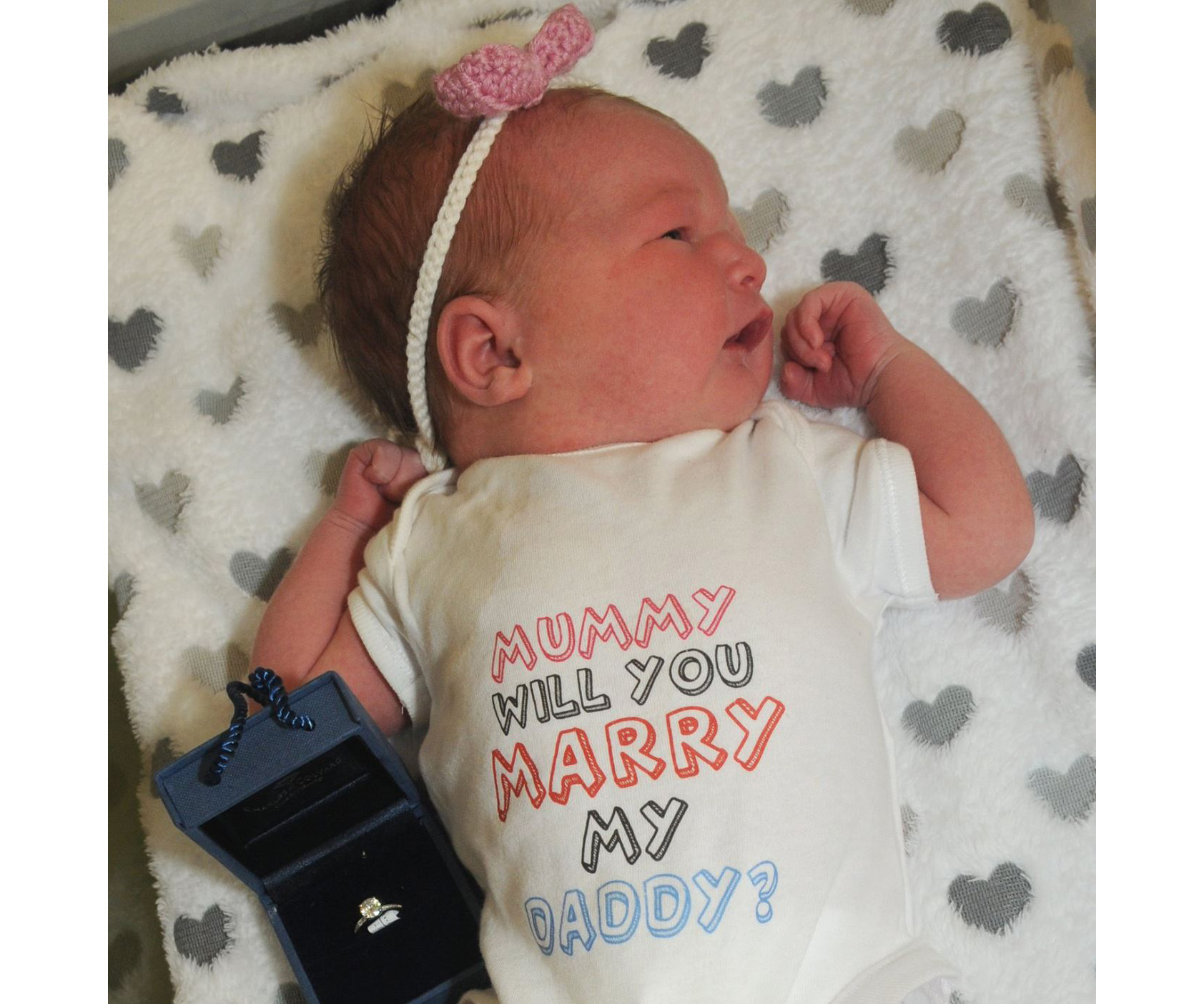As a newborn’s skin adapts from the womb to the outside world, it may not be as smooth and silky as you’d expect.
After childbirth, a baby’s skin can appear swollen, wrinkled or covered in vernix, a natural protective barrier that prevents dry skin and may have an antibacterial effect. While your baby’s skin is still developing it can be susceptible to irritation.
It’s very common for newborn skin to become prone to rashes and irritations such as eczema, neonatal acne, nappy rash, cradle cap or heat rashes. Fortunately, most of these conditions are relatively harmless and will resolve on their own after a short while.
While your baby is very young, the key is to keep products to a minimum and to not cleanse your baby’s delicate skin too often – a lukewarm bath two or three times a week is enough to keep him clean.
Read on for a guide to some of the most common skin changes your baby may experience in the first few weeks of life – and how to spot them and treat them, where needed.
ECZEMA
What is it?
The skin of people with this condition, also known as atopic dermatitis, doesn’t retain moisture as well as the skin of those who don’t have eczema. Between 10 and 20 per cent of the Australian population experience eczema, and it is most common in those under two years of age, with one in five babies and infants affected by the characteristic itchy red rash and dry skin.
Associate Professor Gayle Fischer from the Australasian College of Dermatologists says the rash generally appears on the face and can spread to the arms and legs. If left untreated, it can be very uncomfortable and turn into sores.
What causes it?
Although the causes of eczema are not fully understood, we do know that genetic factors can increase the chance of having it.
Treatment:
“If used correctly, topical corticosteroids are very safe to use,” says Gayle. Dressing bub in cotton clothes, keeping her cool and avoiding sandpits and carpet with fibres will aid her recovery. Gayle also suggests using simple products on your baby that won’t change her natural pH level.
NEONATAL ACNE
What is it?
About one in five newborns will develop neonatal acne in the first three months of life. It takes the form of small red bumps and pimples, usually on a baby’s cheeks and forehead.
What causes it?
Unfortunately, the causes of neonatal acne are not well understood.
Treatment:
Neonatal acne tends to clear up without any treatment. In the meantime, you can wash your baby’s face daily with mild moisturising soap. Do not use over-the-counter acne products, such as face washes or lotions, on a baby’s sensitive skin and, whatever you do, avoid the urge to squeeze the pimples!
NAPPY RASH
What is it?
According to midwife Megan Baker, nappy rash is a red, inflamed, sore skin condition that almost all babies will get at some point.
What causes it?
“Nappy rash is caused by the contact of urine and faeces on the baby’s skin,” says Megan. This can be avoided by changing nappies frequently and washing their bottom thoroughly if they have diarrhoea.
Treatment:
Fresh air can do a world of good for nappy rash. “Allow time each day without a nappy to air the infected area before applying a barrier cream. See your GP before using steroid or thrush preparations on bub’s skin,” says Megan.
CRADLE CAP
What is it?
Seborrhoeic dermatitis, or cradle cap, looks like greasy, scaly yellow patches on a baby’s scalp that can become dry and flaky over time.
What causes it?
Babies are born with active sebaceous glands that develop from the second trimester of pregnancy and, in the third trimester, make vernix to cover and protect them in the womb. In newborns, sebum builds up and solidifies to create crusty skin on baby’s scalp. It is not caused by poor hygiene.
Treatment:
It’s easily treated at home, Megan explains. “Olive oil rubbed into the scalp and left overnight can help lift off the scales,” she says. After three months the sebaceous glands on your baby’s head will become inactive and stay that way until puberty, so you shouldn’t have any more problems with cradle cap.
MILIA
What are they?
About 40 to 50 per cent of babies have milia, also known as milk spots (or ‘milium’ when referring to a singular spot). The small harmless cysts typically appear as pearly-white bumps on the nose, face, mouth and scalp. At their largest, they are up to 1-2 millimetres wide.
What causes them?
Milia are made of a protein that occurs in your skin, called keratin. They are thought to occur because the sweat glands in newborns are not yet developed enough to drain away keratin in the skin.
Treatment:
Milia won’t hurt or irritate your baby, and usually clear up by themselves within a few of weeks after birth, with no treatment needed.



